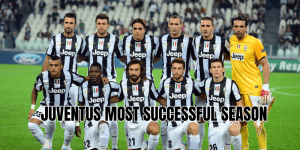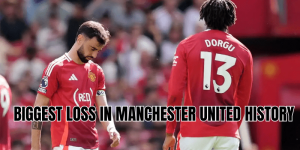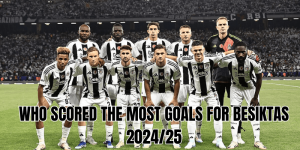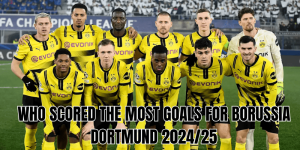Paris Saint-Germain is more than just a football club — it’s an urban identity, a cultural force, and a battleground of passion. So when you hear the phrase why are PSG fans called les Parisiens ultras, you’re not just asking a nickname question — you’re probing into a story of identity, struggle, and devotion. In this article, RusKick will walk you through how PSG supporters became “Les Parisiens Ultras,” tracing the origins, evolution, controversies, and symbolism behind that name.
The Meaning Behind “Les Parisiens Ultras”
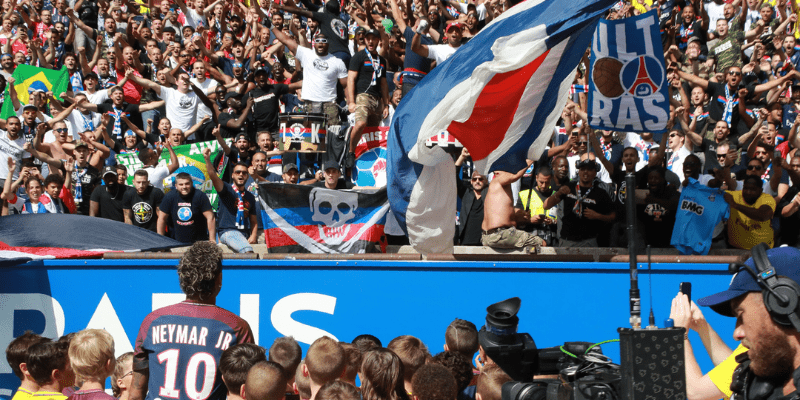
First things first: what does “Les Parisiens Ultras” really mean? The phrase combines two key elements:
- Les Parisiens (The Parisians): a nod to the city, asserting that PSG is not just a regional club but the heartbeat of the French capital.
- Ultras: borrowed, choreographed support — with flags, chants, tifos, flares, and a commitment to constant vocal presence.
Put together, Les Parisiens Ultras signals a fanbase that sees itself as both locally rooted (in Paris) and part of the wider ultra culture in Europe. It’s an assertion of belonging and intensity.
But how did this name take hold? To understand, we must dig into PSG’s supporter history.
Origins of the PSG Ultra Movement
Early supporters and the Kop influence
In the 1970s and early 1980s, PSG was still building identity. The Parc des Princes hosted international matches and early generations of “supporters” mimicked crowd behaviors seen in England and Italy. Smoke bombs, scarves, and chants began creeping into the stands, especially in the Kop of Boulogne (KoB) area.
As PSG’s popularity grew, so did the passion of its fans. But support was fragmented: not yet “ultras,” more spontaneous and less organized.
The birth of Boulogne Boys and the first Ultra identity
By the mid-1980s, the first real ultra group at PSG emerged: the Boulogne Boys. Founded in December 1985, they combined choreography, visual displays, chants, and a more militant fan presence.
The KoB became a hub for ultra and hooligan-style activity. The Boys, along with affiliated groups like Gavroches and Rangers, shaped what “PSG ultra” looked like.
Over time, competition and tension rose between KoB (more English-inspired, often far-right leanings) and supporters in Virage Auteuil (VA) (more cosmopolitan, post-colonial, left-leaning).
Virage Auteuil and the Supras
In 1991, Supras Auteuil was founded to bring a more inclusive, choreographed style of support to the Auteuil stand. The term “supras” essentially combined “supporters” and “ultras.”
Auteuil supporters embraced diversity, expressing post-colonial identities — adopting Pan-African colors, references to rap culture, graffiti aesthetics — setting themselves apart from KoB’s militant vocabulary.
So by the 1990s, PSG’s ultra identity had two poles: KoB and VA, each with its own values, conflicts, and symbolism. The term “Les Parisiens Ultras” began to make sense as fans sought a unified identity above internal divides.
The Rise, Bans, and Rebirth: How “Les Parisiens Ultras” Survived
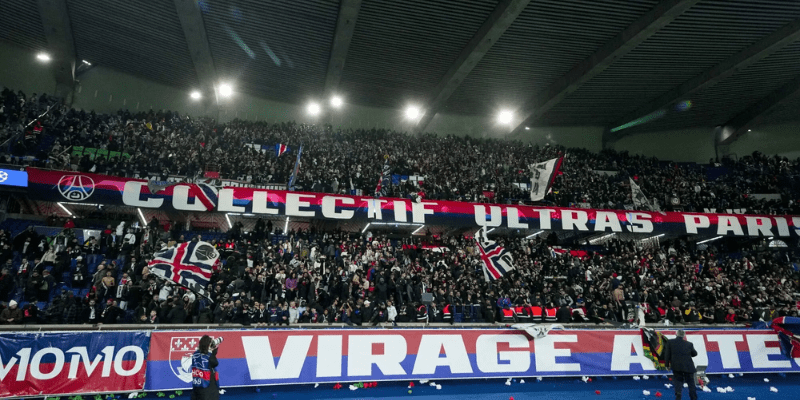
Tensions and plan Leproux
By the 2000s, clashes between Boulogne and Auteuil groups, rising violence, and public pressure pushed PSG and Paris authorities to act. In 2010, following a tragic fan death, the club launched Plan Leproux, banning all supporters’ groups.
This move effectively stifled the ultra movement at PSG, emptying the Parc of chant and identity. But it did not kill “Les Parisiens Ultras”: underground networks kept alive the sense of belonging and resistance.
Formation of Collectif Ultras Paris (CUP)
In May 2016, former VA groups and others joined forces to form the Collectif Ultras Paris (CUP). Their goal: reclaim the fan soul of PSG and return to the Parc des Princes.
In October 2016, after years of absence, around 150 CUP members reentered Auteuil for a match. They began to restore atmosphere, choreographies, banners, and chants.
Today, the CUP is the officially recognized ultra group of PSG, operating under negotiated terms with the club.
Return, tension, evolution
Since their return, the ultras of PSG have staged grand tifos, dramatics, and protests. Yet tension remains: clashes with management, boycotts, internal splits, and demands over policies are frequent.
The ultra identity at PSG today is less about tribal violence and more about being the conscience of the club — demanding authenticity, resisting commercialization, and preserving the chant and color of Paris. In short: being Les Parisiens Ultras.
Why That Name Matters: Identity, City and Resistance
Claiming Paris, not suburbs
“Les Parisiens” is powerful — it rejects narratives that PSG fans are suburban or disconnected. It asserts: we own Paris’ voice. Even as supporters come.
Embodying the ultra ethos
By including “Ultras,” the name ties PSG fans to the European ultra movement. It emphasizes constant vocal support, visual spectacle, and a moral code of loyalty, dissent, and unity beyond mere fandom.
A boundary against commercialization
In an age of sponsorship, superstars, and global branding, “Les Parisiens Ultras” serves as a counterweight: fans insist the club should remember its roots, the people in the terraces, and the authenticity of support rather than just profit.
Key Milestones & Controversies
| Year / Event | Significance |
| 1985 | Founding of Boulogne Boys marks the first organized ultra identity at PSG |
| 1991 | Supras Auteuil emerges, giving voice to Auteuil ultra culture |
| 2010 | Plan Leproux bans ultras from Parc — supporters forced underground |
| 2016 | Collectif Ultras Paris (CUP) formed, return to Parc ensues |
| 2019 | CUP stages massive titanic visuals; boycotts and protests erupt |
| 2022 | Ultras publicly criticize club’s sporting and structural decisions |
Controversies abound. Ultras have boycotted matches over player comments. They’ve protested security contracts, accused club leadership of neglecting the fanbase, and even confronted superstar players when alignment faltered.
These tensions fuel debate in Paris — is the ultra movement a blessing or a challenge? But whether one cheers or disapproves, no one disputes their centrality to PSG’s identity.
Comparison: PSG vs Other Club Ultras
While “ultras” exist across Europe, what sets Les Parisiens Ultras apart?
- Urban backdrop & identity politics: Paris is a multicultural global city. The ultra culture there collides with issues of race, migration, urban culture and identity.
- Club power dynamics: PSG’s shift toward superstars, global branding and Qatari ownership invites friction with fans demanding authenticity.
- Balkanized history: The internal splits between KoB and Auteuil, and their ideological clashes, give PSG’s ultra identity complexity seldom seen elsewhere.
- Interrupted continuity: The Plan Leproux ban was an existential crisis that few clubs have faced; bouncing back, PSG’s ultra movement is younger, rawer, and more contested — but perhaps more cinematic.
How the Name Lives Today: Chants, Banners, Symbolism
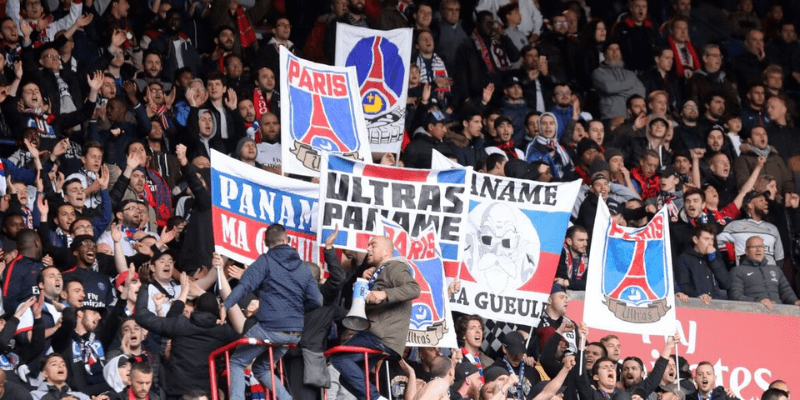
When you see a giant tifo before a Champions League match, or hear thousands chant “Ici c’est Paris,” you see and hear “Les Parisiens Ultras” in action. Current practices include:
- Massive visual shows: coordinated across stands, invoking Parisian symbols, club legends, social commentary.
- Protest banners: calling out mismanagement or players who are seen as mercenary.
- Chants & slogans: “Nous sommes Paris” (“We are Paris”) or “Ici c’est Paris” reinforce urban belonging.
- Staged silence or walkouts: ultras sometimes boycott parts of games to express discontent.
This living practice cements that the name is not just symbolic — it’s a contract between fans, the club, and the city.
Final Thoughts
Les Parisiens Ultras is not a random nickname — it’s a declaration: that PSG’s fans are Paris incarnate, woven into the club’s heart, ready to celebrate, protest, and defend the identity of Parisian football. Why are PSG fans called Les Parisiens Ultra is a question that uncovers decades of emotion, conflict, philosophy, and belonging.
If you found this exploration illuminating, RusKick invites you to dive deeper: check out our profiles of key CUP figures, the best ultras matches in PSG history, or how PSG’s ultra movement compares across Europe. Share this article with other fans who might wonder, “why are PSG fans called Les Parisiens Ultras” — and stay tuned for more stories

